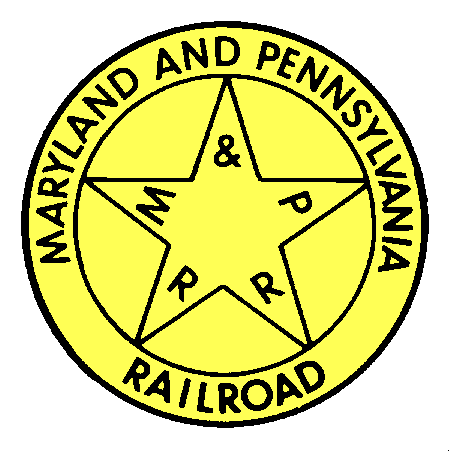Two main trains of thought (please excuse the pun) for train forwarding on layouts exist: using car cards and waybills or switch lists. I've leaned towards the ladder but have always held out the possibility of using the former. It's safe to say about 90% of the layouts I operate on use the car card system. I've also operated on layouts using switch lists. My good friend Dave Ramos uses both on his NY Harbor RR. He uses switch lists generated by the yard clerks on both his pocket yards served by car floats, one at Erie's 28th street yard and also at the Lehigh Valley's 27th street yard. These two yards can be operated like small independent layouts on their own. On the NYC Highline and 38th street yard he uses car cards and has made them to look like small versions of real waybills. Both systems work flawlessly on Dave's layout.
So, what should I use on the Ma & Pa? My original intention was to use switch lists. I've tested this out by having a few trial run sessions using them.
Being that the layout is small compared to others I've operated on, writing out switch lists before a scheduled session isn't that hard to do. Plus it saves having to setup initially all the car cards for each and every car that will run on the layout. That being said, I always feel at ease just a little more having car cards with my train. It helps me plan out my moves a little easier. One of the things I've kept in the back of my mind for this layout as pertains to possibly using the card card system is if could find a cheap and easy way of building car card boxes for the front of the layout I might go that route.
On a recent trip to AC Moore to pick up some mat medium for scenery work I found these project boxes. They sell them for $1.00 each. Looking at them I realized that they could maybe be made into car card boxes. I bought 6 and brought them home to experiment with.
I cut one in half on the table saw. My measurements reveal I can get 3 card spaces per half. I will cut the sliding top into separators for the spaces.
Here's the before and after shot of what the boxes started as end ended up looking like.
A quick placement to see how they would look mounted on the fascia. If a single half is just used I'll have to modify the short end to match the higher end. I also figure the boxes can be modified by cutting them into single and double boxes. This just might work. Not bad for $1.00 each investment.

It's 1943 and the country is at war. Allied victories are turning the tide of the war and America's industries and the country's railroads, big and small, are doing their part. The Maryland & Pennsylvania RR (Affectionately known as The Ma & Pa) might not have been as busy as the big RRs, still played its part in contributing to the eventual Allied victory. Come and see this all relived again as I build an HO scale version of The Ma & Pa, 1943.

Tuesday, February 28, 2017
Friday, February 10, 2017
Proof of life..
It's one thing to say the blog isn't dead, but that needs to be backed up with "Proof of life", So after some prodding from others I decided it's time to get off my ass and write something. I know I mentioned in the last couple of posts about other interests model railroad wise, and that I was exploring pursuing them, but they were never more than possible side projects. One side project gaining momentum is some modern themed Freemo modules based loosely on the B&M in the Guilford era. But, again, that's a side project. The Ma & Pa is still alive and well.
I've been working on building up my scenery skills, and when I have some more scenes finished that I'm happy with I'll post some pics to the blog.
Two items that have been causing delays in getting operations started have been addressed: the two potable staging modules have been fitted and are ready to go, and two trouble spots that had been plaguing train operations have been fixed after much time looking for solutions.
So, things are still moving along on the Ma & Pa and I'm hoping to schedule another shakedown op session within the next month.
I've been working on building up my scenery skills, and when I have some more scenes finished that I'm happy with I'll post some pics to the blog.
Two items that have been causing delays in getting operations started have been addressed: the two potable staging modules have been fitted and are ready to go, and two trouble spots that had been plaguing train operations have been fixed after much time looking for solutions.
 |
| This section going into B Yard had a hump in it that would cause cars to uncouple. I found the solution to be shimming the blue board from underneath one of the cross braces. |
 |
| I also pulled up some of the track and switches to shave down the cork at the joint between the two modules. |
 |
| The staging modules at Red Lion. Note the manual turntable to turn engines for the return run. |
 |
| Long time readers will be happy to see El Sombrero is still hanging around. ;) |
 |
| This shot shows both York and Red Lion staging modules installed. |
So, things are still moving along on the Ma & Pa and I'm hoping to schedule another shakedown op session within the next month.
Subscribe to:
Posts (Atom)





